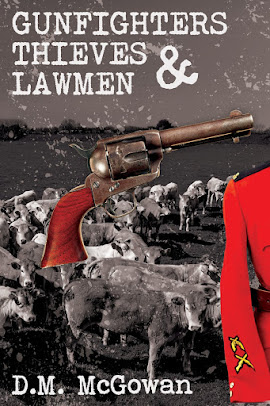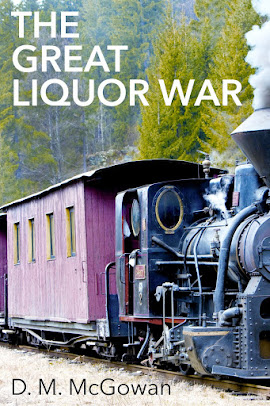As I mentioned, there are two historical mentions in “The Yearlings”. So why should you, or any one else, give a damn? Because what happened “back then” (when ever it was) helped create who we are and who our kids will be.
Fiction is entertainment, or at least good fiction should be. It doesn’t necessarily have to be literature, nor does it have to be a presentation of perfect English. If it is either of those things, that’s a great plus. If it is literature it will last. If it is understandable (in what ever language) it continues communication. First, it has to be entertaining so that someone will read it.
If it is entertaining as well as being informative, that’s even better because it gives the reader of any age an opportunity to grow.
I suspect everyone understands the first historical mention in “The Yearlings” is when Rolley says “there's a war gettin' under way over t' Europe,”. Of course, he is talking about the “War to End All Wars” or WWI. Many people, from all walks of life, all levels of society and in many countries thought the war would change politics and aggression throughout the world but would also be an opportunity for them to get rich. It proved to be an opportunity for hundreds of thousands to die.
It’s funny how people don’t learn from history. We have wars now, and somehow the folks back home are surprised when soldiers and civilians become casualties.
When Janet is thinking about the Yellowhead Trail and the new railroad that of course is the Canadian National. However, at the time it was the Grande Trunk Pacific Railway.
There were many supporting reasons for building the GTPR. The most important of those reasons, of course, was that customers of Canadian Pacific Railway needed another source for service. Partially to attain competitive pricing, but more important was a competitive attitude. The CPR thought they owned Canada and its citizens and could treat them any way they wanted.
There was an official ceremony at Fort William, Ontario (Thunder Bay) on September 11, 1905 and, after many delays the last spike was driven one mile east of Fort Frazer, BC on April 7, 1914. Most of the delays were due to a lack of funding, the same problems that had plagued the CPR during its construction more than 20 years earlier.
One of the great champions of the GTPR was its General Manger, Charles Melville Hayes. He made several trips to solicit funding for the venture and apparently was successful on his last trip. However Hayes’ returned passage was booked on RMS Titanic. The date of the world famous end of that voyage was April 15, 1912.
There are several firearms mentioned in the story. Janet leaves home with a rifle (which she forgets to load) for no one but an idiot would venture into a true wilderness without a weapon to protect themselves. The other weapons mentioned were a common thing in Canada's wilds ... at least until 1924.
Saturday, July 16, 2011
Historical mentions in The Yearlings
Subscribe to:
Post Comments (Atom)








No comments:
Post a Comment